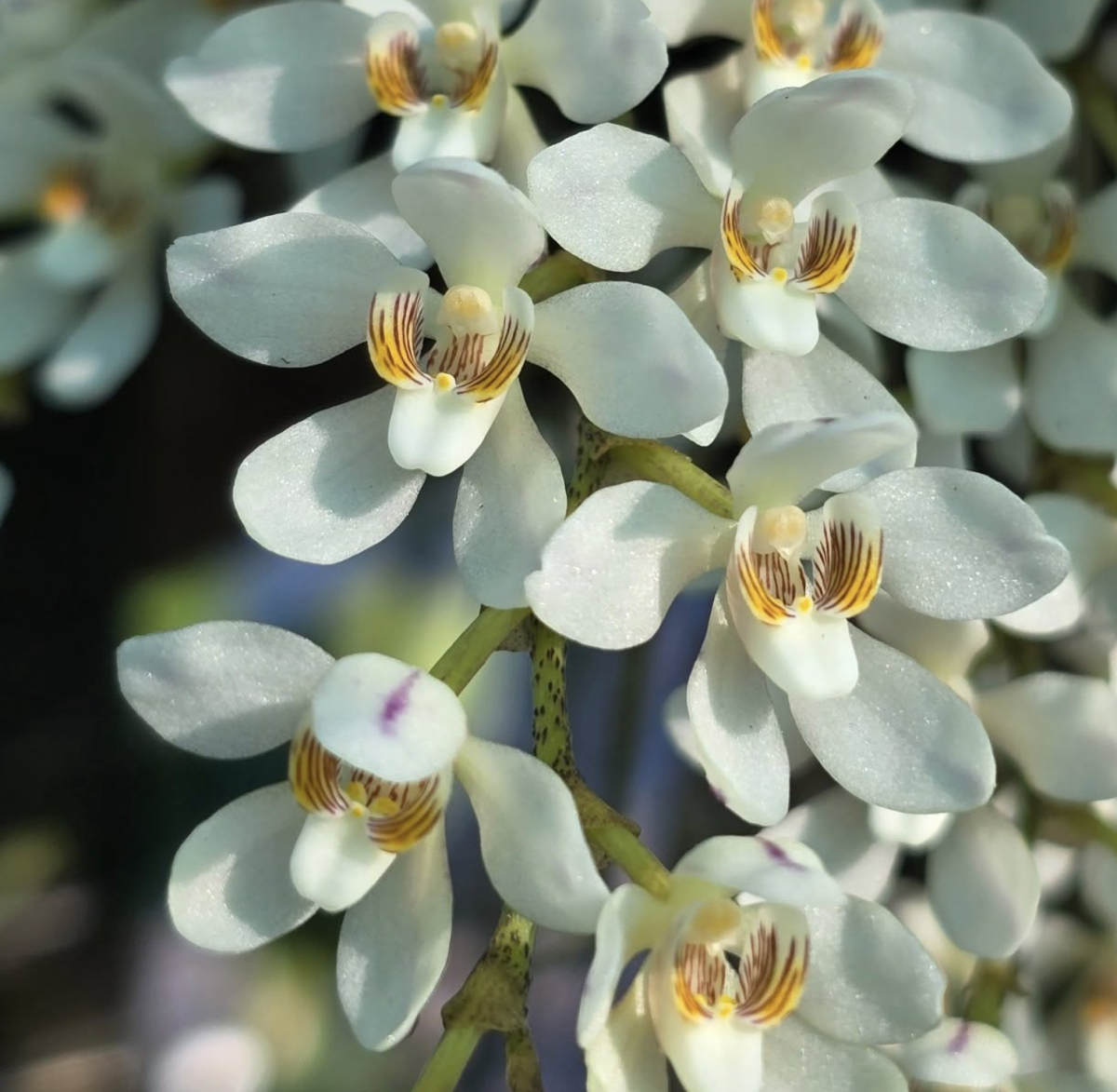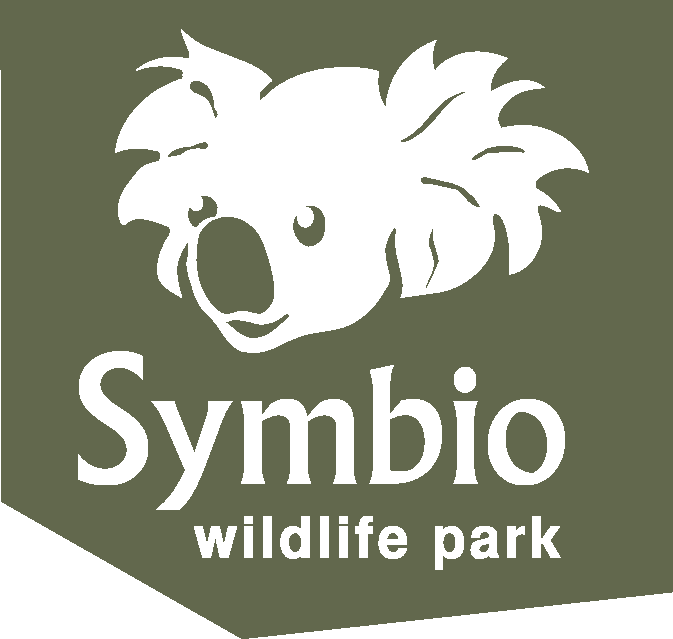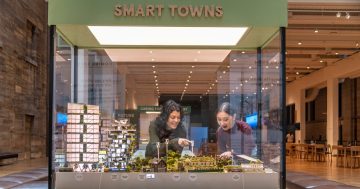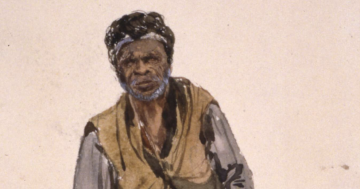
The orange blossom orchid (Sarcochilus falcatus) is the most common species in the Illawarra. Photo: Supplied.
This is a tale of Sarcochilus and the earliest detailed English language botanical description of a plant growing in the Illawarra.
Today, the most common Sarcochilus species in the Illawarra region – although now found mostly in gardens – is the orange blossom orchid (Sarcochilus falcatus).
I’ve long loved the plants and trees of the Illawarra, mostly thanks to two wonderful people. The first was Leon Fuller (author of Illawarra’s Native Trees, now in its brilliant third edition) who converted a clapped out dairy farm at Keiraville into the truly beautiful grounds of today’s University of Wollongong.
The other was the late great Anders Bofeldt whose vast practical knowledge made it a delight to have trees identified while walking through Illawarra’s subtropical rainforest.
But much as I love looking at Illawarra’s native vegetation – and despite my love of words – serious botany has never been for me.
The problem has been that when I try to research and take on the truly formidable botanical nomenclature found in serious books it so often defeats me: “Sarcochilus falcatus R.Br: Semi-pendent epiphyte or rarely an epilith, with one or rarely two or more shoots; stems 1–8 cm long. Leaves asymmetrically oblanceolate to narrow-oblong, 2–16 cm long, 8–22 mm wide, slightly channelled, not spotted. Inflorescence 1–13 cm long, 1–12-flowered, semi-pendent; rachis longer than or equal to peduncle; pedicel plus ovary 8–15 mm long. Flowers not campanulate; dorsiventral dimension of flower about equal to lateral dimension. Sepals and lateral petals elliptic to spathulate, white, usually with a purple midline on the outside. Labellum 3.5–6.0 mm long, one-third to half as long as dorsal sepal, glabrous, white stained with orange and striated with purple. Column 2.5–4 mm long, slightly shorter than column foot, set at right angles to it.”
Worse, this botanical language of Sarcochilus was originally even more of an incomprehensible mouthful because the species only became formally known in 1810 when Robert Brown published his description of Sarcochilus falcatus in his Prodromus Florae Novae Hollandiae et Insulae Van Diemen in Latin rather than English.
It was the first species of Sarcochilus to be described and is therefore the type species. The specific epithet (falcatus) is a Latin word meaning sickle-shaped or curved, referring to the shape of the leaves.
Yet there were likely once a few people in the early Illawarra who could read Latin and one of these was the Quaker missionary and botanist James Backhouse (1794-1869) who visited the region in 1836.
On 22 September, Backhouse wrote in his journal the following words (mercifully in English) about a Sarcochilus he came upon in the Illawarra: “Among the parasites (epiphytes) in this country are … a Sarcochilus with five regular ovate petals (white tinged with a linear purple red mark externally); the lip half the length of the petals, winged laterally; the wings marked with yellow and lined with purple; the sack of the lip projecting 1/12 inch beyond the wings, notched at the extremity, and having tow callosities between the bases of the wings, the interior one bifid; the wings 1/4 inch long and 1/8 wide oblong, incurved. The decurrent portion of the column to which the lip is articulated 1/4 inch long and 1/8 wide spotted with long crimson spots; upper portion of the column very short.”
Obviously James Backhouse was keen on very close observation and his description continues on for at least twice this length and has taught me heaps of new big words including flexuose, peduncles and the fabulous amplexicaulo-cordate.
For me, all I can say is thank goodness photography got invented to make it far easier to visualise what, without a very good dictionary, remains pretty much incomprehensible except for the colours.
In continuing his description, Backhouse indicates that he had definitely been able to recognise this Sarcochilus because of Robert Brown’s Latin description – although, curiously, he misspells “falcatus” leaving out the “l”.
Backhouse also notes that the Sarcochilus is “parasitical on Casuarinea by the sides of creeks near Wollongong”.
Sarcochilus today seems to be pretty popular in the Gong. These monopodial and compact orchids are relatively easy to grow and can make attractive houseplants positioned on a cool windowsill, in a shade-house or under a shelter.
Most varieties of Sarcochilus have attractive fleshy green leaves and produce short racemes with numerous flowers, some of which are scented.
Curiously though, James Backhouse seems to have thought the one he spied in Illawarra back in 1836 was “nearly scentless”.
This species was (and, hopefully, still is) widespread in the region, particularly in areas with volcanic soil and rainforest remnants on the escarpment and coastal ranges.
It favours airy, humid situations and is found growing on trees (epiphytic) and sometimes on rocks (lithophytic). A few years ago in spring I spotted what I thought was orange blossom orchid flowering in the wild up the mountain around Robertson.
There it seemed to like to grow on trees which have developed a coating of what I think is rock felt fern which, when I consulted my botanical dictionary, seems to be called Pyrrosia rupestris.
Shakespeare (who I at least do know a little bit about) is said to have “little Latin and less Greek”. My dilemma is worse, in that for me, Latinate botanical nomenclature is too often “all Greek to me”.














